Citroën 2CV: from the icon to the surprising Bijou and Burton
- Jérémy

- Aug 6
- 4 min read

When Citroën unveiled the 2CV at the Paris Motor Show in 1948, its objective was unequivocally clear: to offer a simple, economical, versatile, and easy-to-maintain automobile capable of "transporting four people and fifty kilograms of potatoes or a small cask of wine at a maximum speed of 60 km/h." Its unconventional silhouette, dictated by functionality, and its ingenious design were primarily aimed at utility. The engineers at the chevron-branded firm, with André Lefèbvre at the helm, likely never imagined that their creation, intended to be accessible and pragmatic, would enjoy such a long career and, above all, inspire a multitude of derivatives that would radically, and sometimes luxuriously, transform the appearance of the modest sedan. Let us explore together two of the most astonishing models born from transformations based on the 2CV: the Citroën Bijou and the Burton.
Citroën Bijou: understated British elegance on a 2CV foundation
In the United Kingdom during the 1950s, the Citroën 2CV struggled to win over a clientele that was perhaps more conservative and less receptive to its non-conformist charm, which was often perceived as "too French" or even "shocking." The Citroën factory in Slough, England, which had been assembling models for the local market since 1926, sought a solution to adapt the spirit of the 2CV to British tastes. This endeavor led to the birth of the Citroën Bijou, introduced at the London Motor Show in October 1959.
The concept was rather bold: to retain the proven technical base of the 2CV (its platform chassis and its 425cc twin-cylinder engine producing 12 SAE hp) but to clothe it in a far more elegant and conventional bodywork. To achieve this, Citroën Slough enlisted the designer Peter Kirwan-Taylor, already renowned for his work on the Lotus Elite, another car that utilized fiberglass. The Bijou was thus endowed with a two-door coupé body, featuring more fluid lines and a significantly more upscale appearance than the original 2CV. Crafted from polyester resin reinforced with fiberglass, this new shell gave the car a more "premium" aesthetic, hoping to attract customers seeking a small, economical yet stylish vehicle. The interior was also intended to be more refined, borrowing certain elements, such as the single-spoke steering wheel and door handles, from the prestigious DS, the brand's flagship model.
Despite these efforts and improved aerodynamics that allowed it, notwithstanding a higher weight than the 2CV (approximately 70 kg heavier), to achieve a comparable top speed of around 72 km/h (45 mph), the Bijou did not meet the anticipated success. Its retail price, set at £695 in 1961, was considered high, placing it in competition with more established and often better-performing British rivals. Furthermore, production remained semi-artisanal. Between 1959 and 1964, only 207 units (plus two prototypes) left the Slough workshops. Today, the Citroën Bijou is a genuine rarity, sought after by collectors for its unique history and quaint charm. It is estimated that only about thirty examples have survived, bearing witness to an interesting but commercially unsuccessful attempt to acclimate the 2CV to the British market.
Citroën Burton: the dutch revival of the 2CV as a sporty roadster
Many years later, at the dawn of the 21st century, the spirit of innovation surrounding the 2CV had not waned. In the Netherlands, the Burton Car Company, founded by brothers Dimitri and Iwan Göbel, decided to give the "Tin Snail" a new lease of life by transforming it into an alluring, classically inspired roadster. The Citroën Burton was born from this passion, offering a decidedly sporty and playful interpretation of the French icon.
The Burton's philosophy is to meld the timeless charm of English roadsters from the 1930s to the 1950s, with echoes of Jaguar or Morgan, and the mechanical simplicity, reliability, and ease of maintenance of the Citroën 2CV. The transformation is carried out on the base of a 2CV chassis, often reinforced, and its twin-cylinder engine, which can be kept original or optimized for enhanced performance. The original bodywork is replaced by a lightweight and elegant polyester kit, which gives the car a sleek and sporty look with its long bonnet, short rear, and curvaceous wings. Particular attention is paid to details, such as the aluminum grille and side vents for cylinder cooling, which anchor its aesthetic in a classic and sporty register.
Initially offered as a self-assembly kit, the Burton quickly gained popularity among 2CV enthusiasts and lovers of characterful cars. The Dutch company produced approximately 1,200 units, primarily distributed across Europe. Recently, a new chapter has begun for the Burton in France. The 2CV Méhari Club Cassis, an institution renowned among all Citroën twin-cylinder aficionados and the recent acquirer of the Burton Car Company, has worked towards the homologation of this roadster in France. This was successfully achieved in early 2024, enabling French enthusiasts to legally order and register a Burton.
The 2CV Méhari Club Cassis does more than just import the kits; it has established a network of approved installers to guarantee the quality of the transformations. The complete body kit is offered for around €11,900 (including VAT), to which must be added the cost of the donor 2CV and the professional assembly fees (approximately 40 hours of labor). This process not only ensures an impeccable finish but also the issuance of a new registration document (carte grise) formalizing the transformation. The Burton retains the essential elements of the 2CV – engine, chassis, gearbox, suspension, wheels, fuel tank, and braking system – while offering a radically different driving experience and aesthetic, with the wind in your hair.
In conclusion, if the creators of the Citroën 2CV, with Pierre-Jules Boulanger at their forefront, were to see all the derivatives that their modest yet brilliant invention has spawned, they would likely be astounded. From the British attempt at gentrification with the Bijou to the neo-retro verve of the Burton roadster, the 2CV has proven its incredible versatility. The simplicity of its design and the robustness of its mechanics have always made it a perfect foundation for bringing the wildest dreams and projects to life. These Citroën Bijou and Burton models, so profoundly modified that one might legitimately wonder if the soul of the 2CV is still visible beneath their new bodywork, vividly attest to this unique capacity for reinvention, proudly flying the colors of ceaseless creativity surrounding an automotive icon.


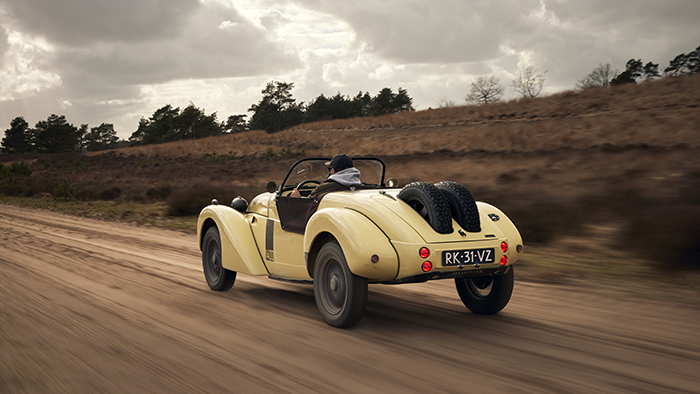
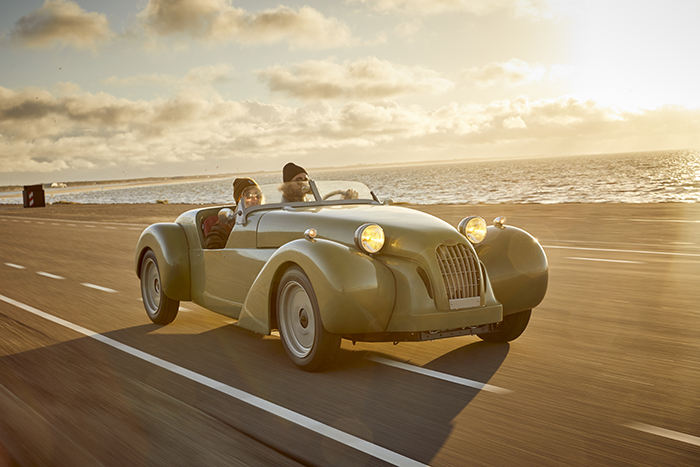
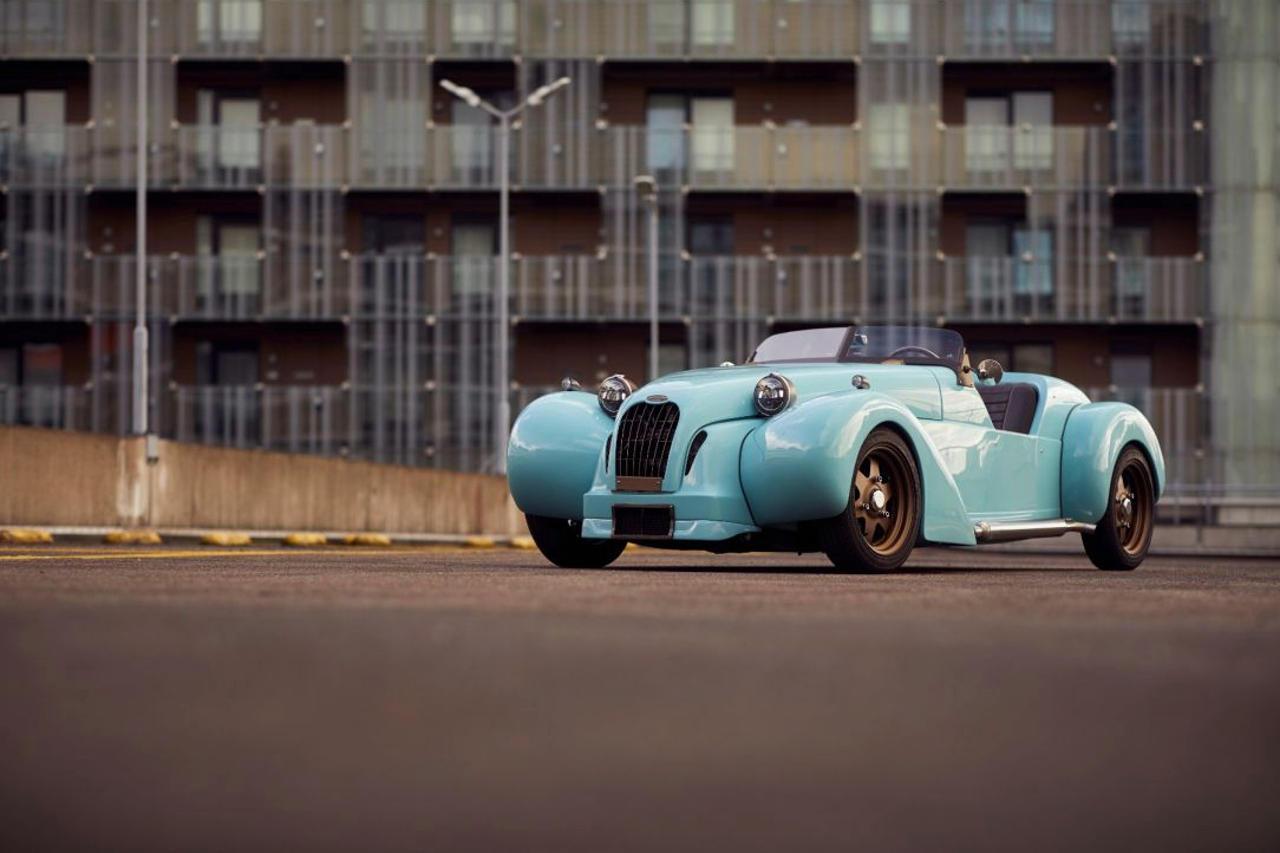
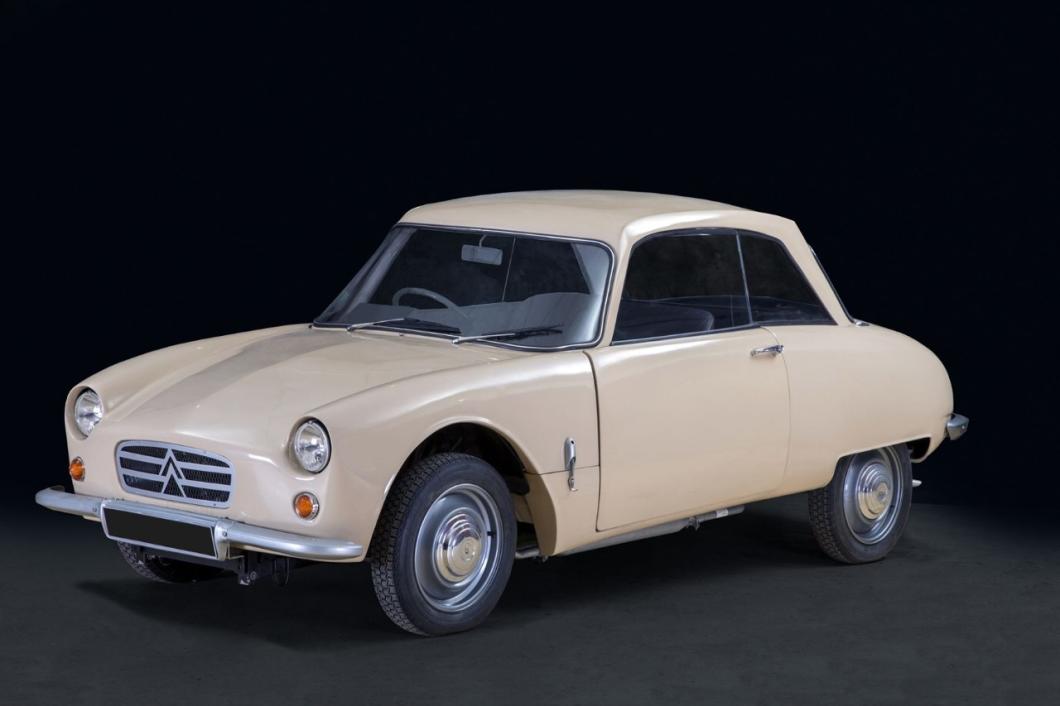
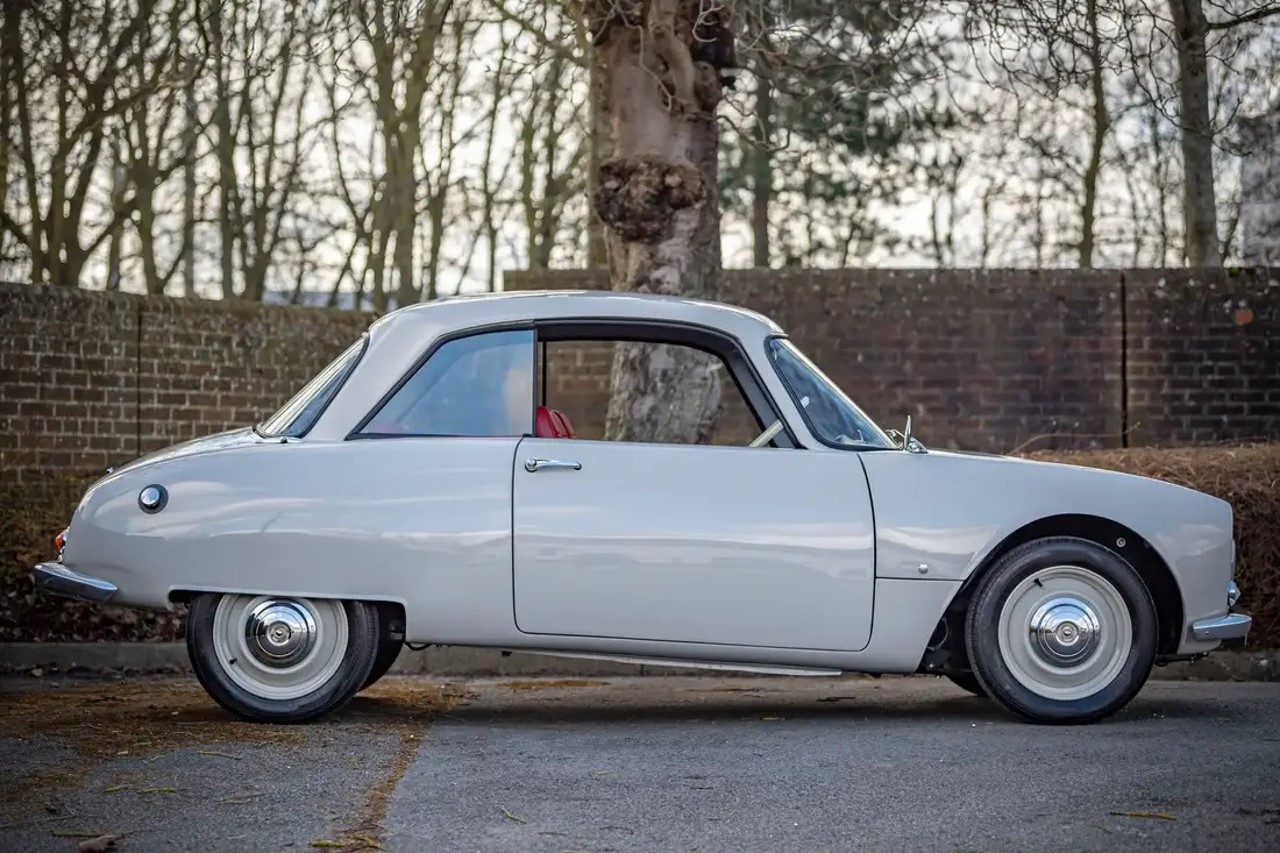
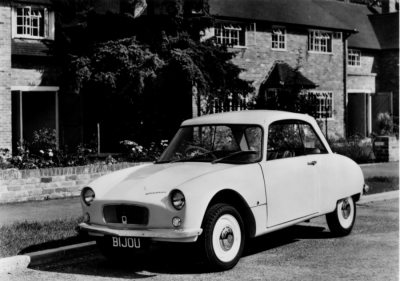
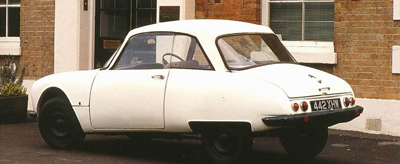
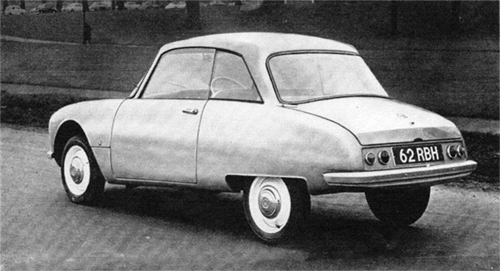




Comments